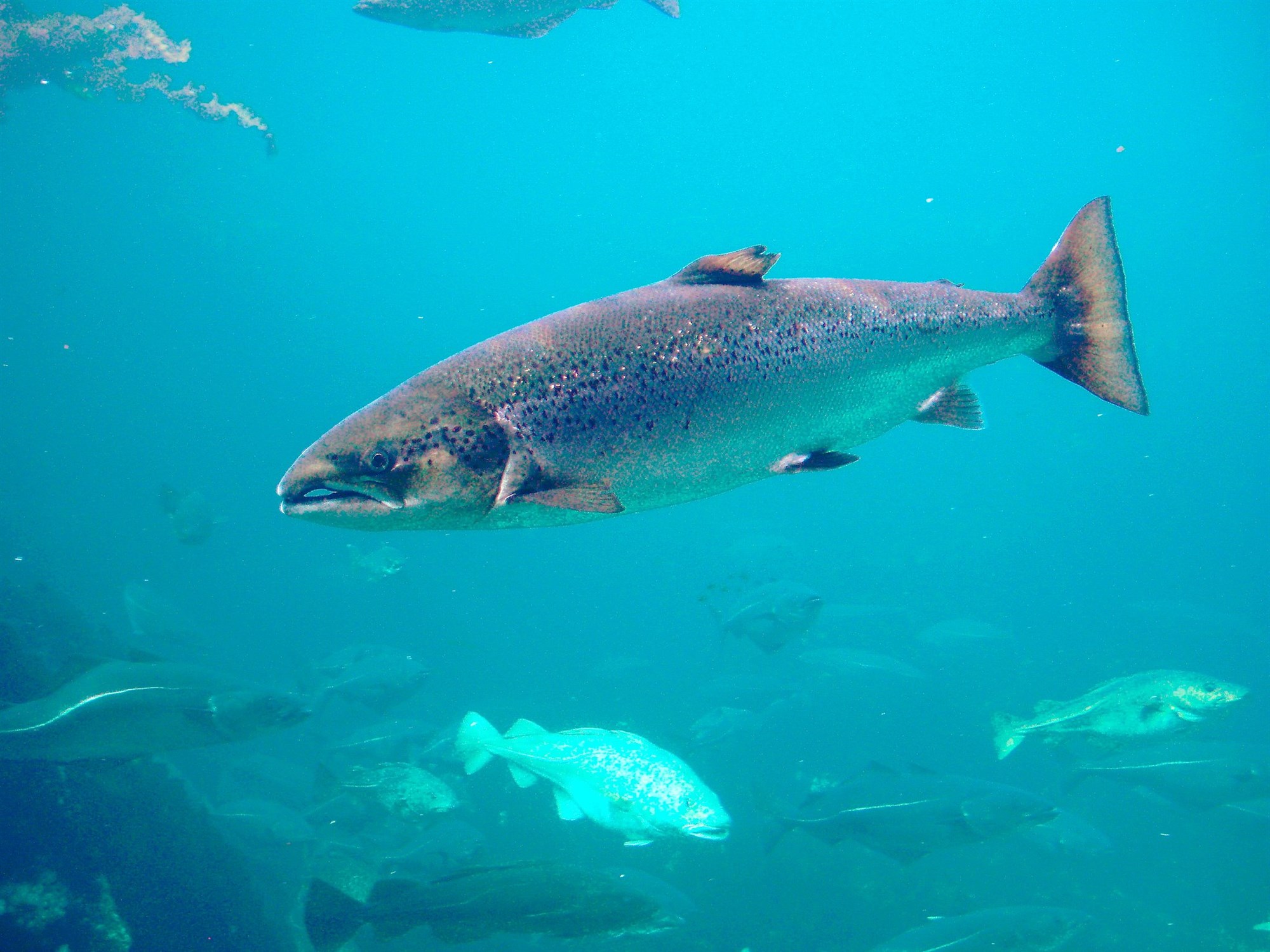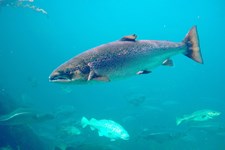News

Atlantic Salmon Implantation Recovery Time Is Four Days on Average
Biologgers are becoming increasingly popular to measure free-swimming fish. However, attaching or implanting these devices inevitably requires handling of the animals.
Any handling of the study animal can lead to a stress response. To be able to interpret data correctly it is important to know how long it takes the fish to recover from handling, anaesthesia and surgery so that data from the recovery period can be excluded from the data analysis.
In a recent study, published in Animal Biotelemetry, researchers at the Norwegian University of Science and Technology, the Swedish University of Agricultural Sciences and SINTEF Ocean aimed to establish recovery times of Atlantic salmon (Salmo salar) kept at low temperature after the fish were implanted with biologgers.
Heart rate and activity measured with implantable loggers
12 fish were implanted with three different types of Star-Oddi heart rate loggers measuring temperature and heart rate as well as activity in some cases. Four fish were implanted with the DST milli-HRT (temperature and heart rate), four with the DST centi-HRT (temperature and heart rate) and four with the DST centi-HRT ACT (temperature, heart rate and activity).
In addition, acoustic tags were used to measure activity data on four fish.
Maximum recovery time six days
The fish were found to have an elevated heart rate for an average of four days after implantation. The maximum period it took for the heart rate to return to the assumed baseline was six days. Baseline activity levels were reached after 3.3 days, on average. No fish exhibited signs of adverse health after tagging during the study.
The researchers concluded that the average recovery time for this species was four days, with a maximum recovery time of six days, under the temperature conditions and anesthetics used in the study.
